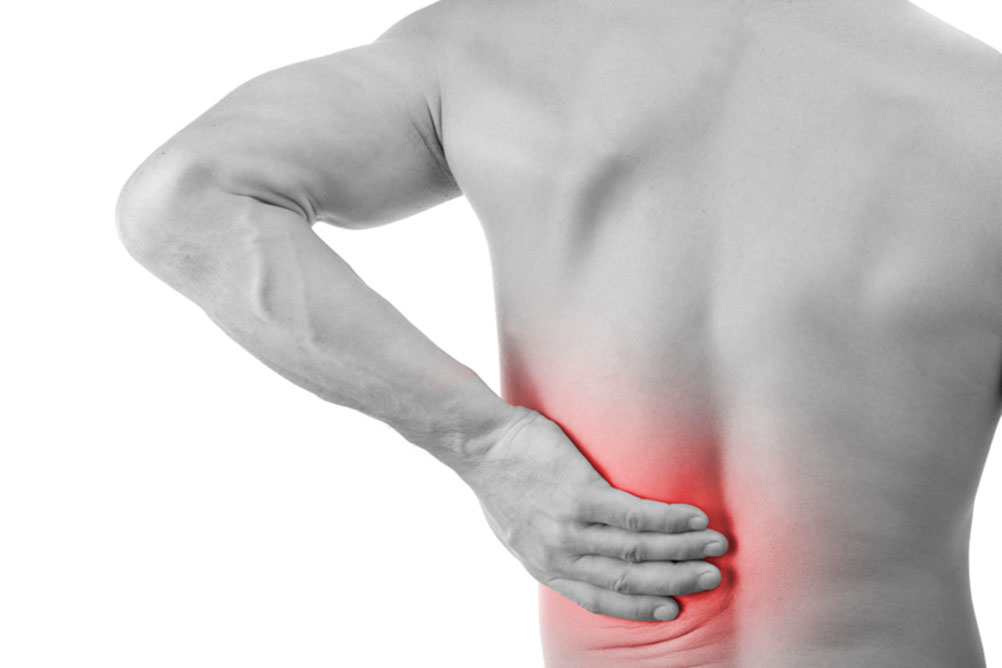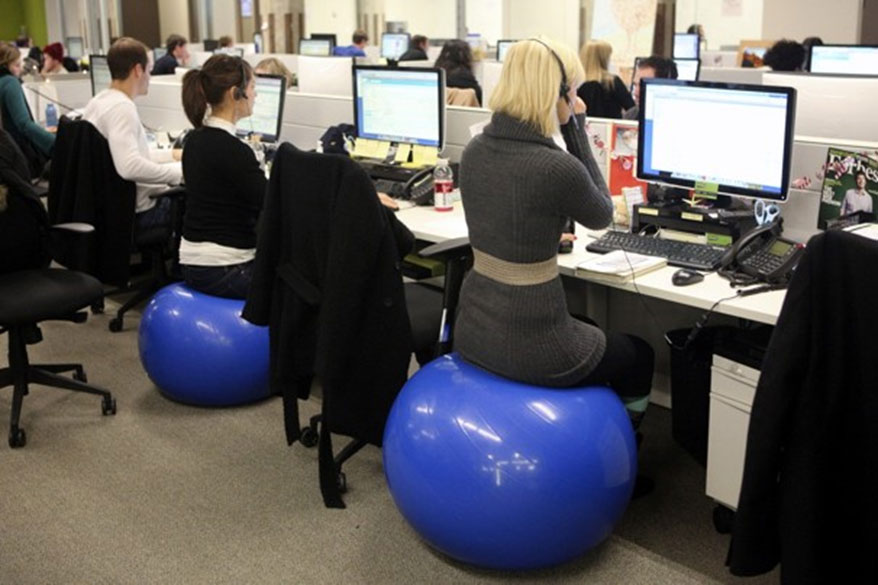Research has shown that more than 50% of working adults will experience a disabling episode of back pain at least once in their lifetime. There are several factors that can contribute to back pain. Occupations that have the highest occurrence of workers who suffer from back pain include those that require heavy and/or frequent lifting, and jobs involving sitting or standing for long periods of time.
This condition can range from mild to severe. Symptoms experienced in the early stages of back pain include aching and tiredness in the back during the work shift, but symptoms disappear at night and on days off. The individual’s work performance and capabilities are not affected. In the intermediate stage, aching and tiredness occur early in the work shift and persist at night, and the worker may be less able to complete repetitive work. In the late stages, symptoms include aching, fatigue and weakness in the back that don’t go away, even after resting. The individual may also have trouble sleeping and difficulty performing light duties.
One of the best ways to prevent back pain from occurring is to perform exercises that strengthen the back and core muscles. Examples of these exercises include front planks, side planks, leg lifts and crunches. It’s also very important to stretch! Some stretches you can perform are reaching for your toes while keeping your legs straight, twisting your upper body at the waist towards the left and the right, and laying flat on your stomach and using your arms to push your upper body up from the floor.
Additionally, there are many minor lifestyle changes you can make that will lower your risk of developing back pain. It has been proven that the sleeping position that puts the least amount of stress on your back is to lying flat on your back, with your head slightly elevated and a small pillow tucked under your knees.
Bad posture is one of the major causes of low back pain. This includes sitting in positions with your upper body bent forward and sitting with your head tilted upward, downward, or to the side, for extended periods of time. Keeping your back straight with your head faced forward and shoulders relaxed (but not rolled forward) is ideal for maintaining good posture. If you have work at a desk, you might consider switching out your desk chair for an exercise ball. Sitting on an exercise ball requires you to maintain balance by keeping your core tight, which strengthens your back and stomach muscles.
Furthermore, if you have a job that requires you to lift heavy objects, it’s imperative that you exercise proper lifting techniques (keep your back straight, lift with your legs, and use a solid two-handed grip).
All in all, these are just a few ways you can modify your lifestyle to help lower the chances of ever experiencing back pain. If you have ever suffered from back pain, whether mild or severe, you, more than likely, know just how much of an inconvenience it can become. Not only can back pain make almost any physical task difficult, but it can affect your mood as well. Studies have shown that most people who suffer from back pain may also experience headaches, mood swings, and/or an overall lower quality of life. So, it’s better to be safe than sorry! Try to keep these tips in mind and use proper precautions to keep your back strong and pain free.











Get Social